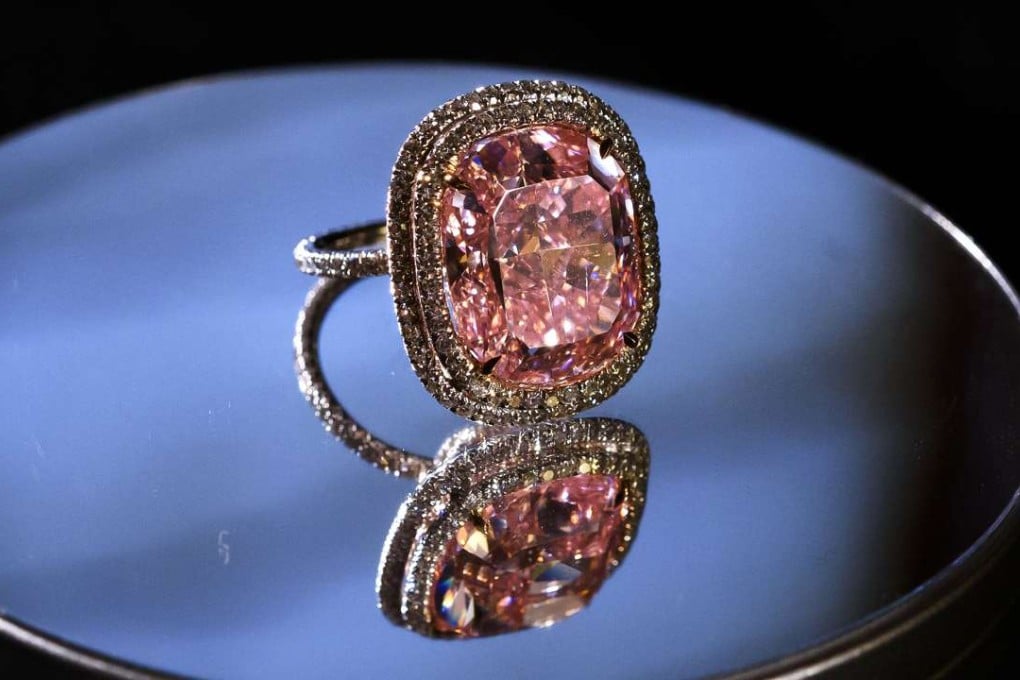The Collector | When betting on diamonds, opt for the best
Phillips joins Sotheby’s Christie’s and Poly Auctions with its first jewellery auction in Hong Kong this year, entering a world where volatile prices seem to have no relationship to the economic fundamentals underlying the trade

Everybody loves a bit of sparkle. Crown jewels, Hollywood glamour, true love and even the odd curse are the irresistibly romantic associations that have made diamonds so desirable, so “safe” an investment. But look behind the glitter of Kim Kardashian’s new 20-carat diamond ring and cold economics would suggest that diamonds will not be an asset manager’s best friend for a while.
Wholesale prices for jewellery diamonds – as opposed to industrial diamond – have dropped about 20 per cent since the middle of 2014, according to an index published by Polishedprices.com.
The reasons are well known. China’s slowing economic growth, more awareness of the issue of conflict diamonds, fewer people getting married and the rise of synthetic diamonds have all helped to chip away at the diamonds-are-forever myth.
But are these factors one should take into account at the top level of the market – the jewellery auctions such as the ones that will be held in Hong Kong in two weeks’ time?
